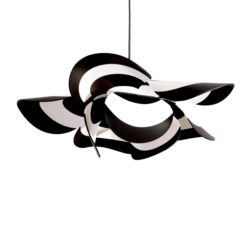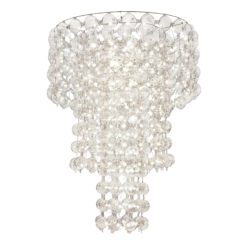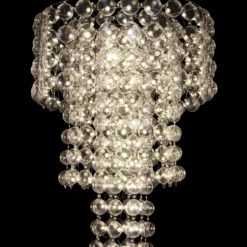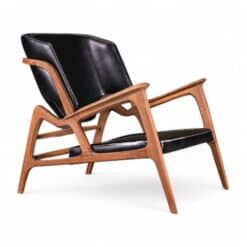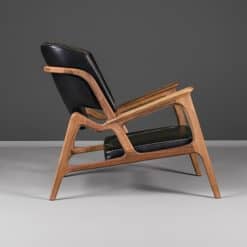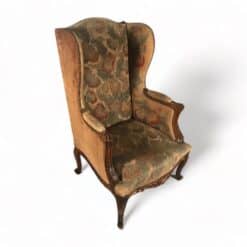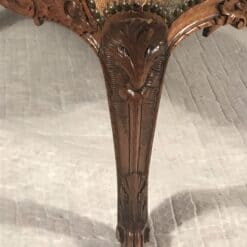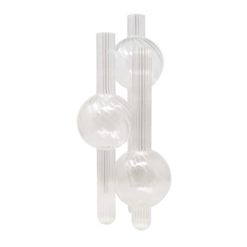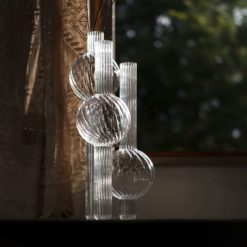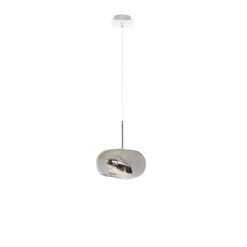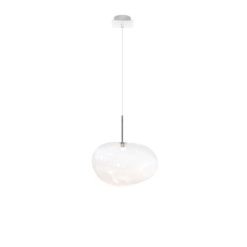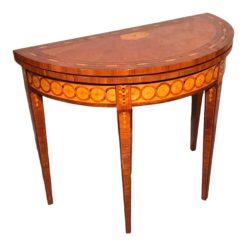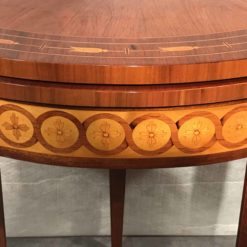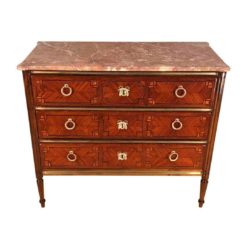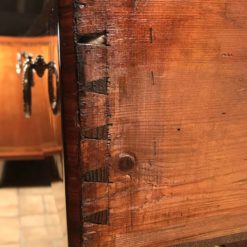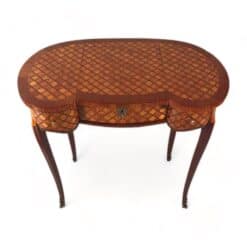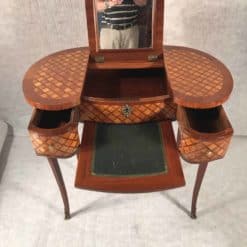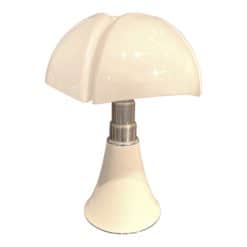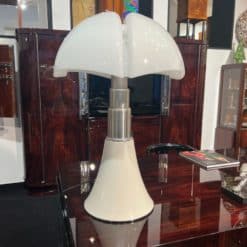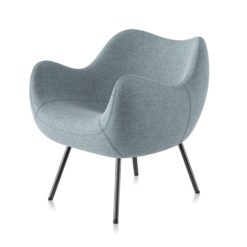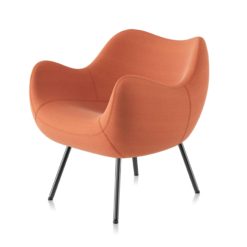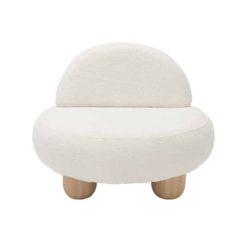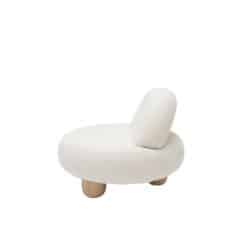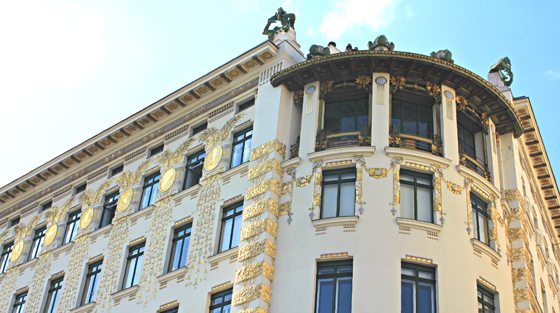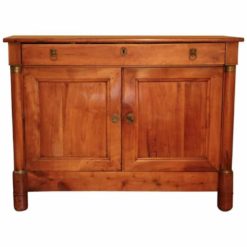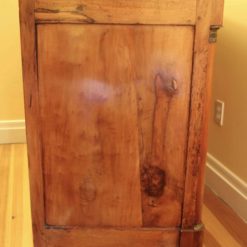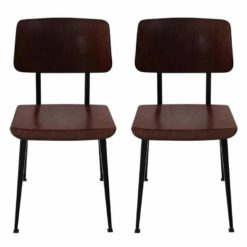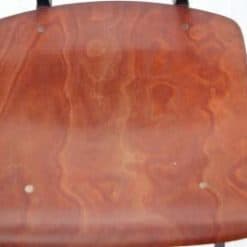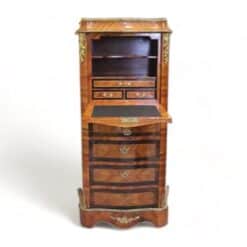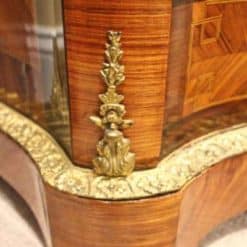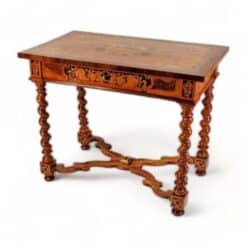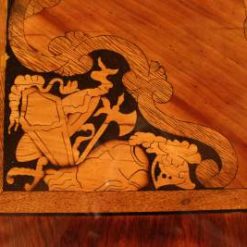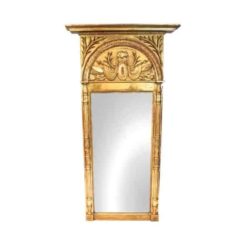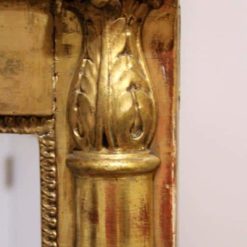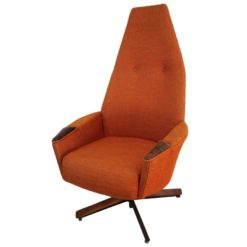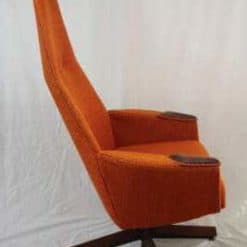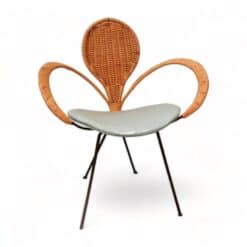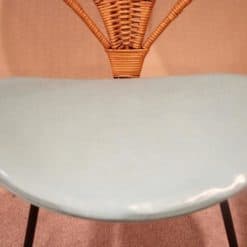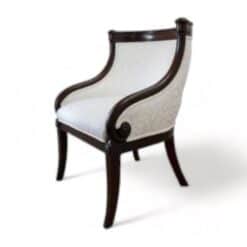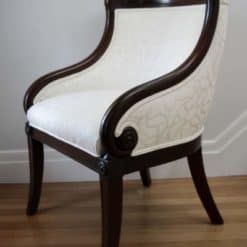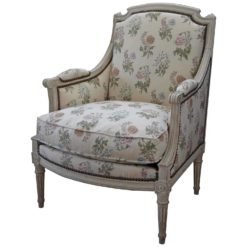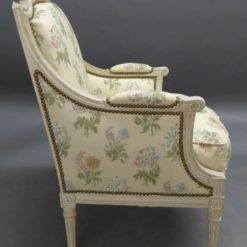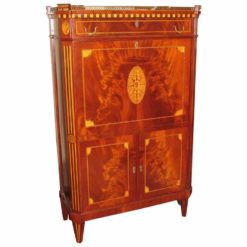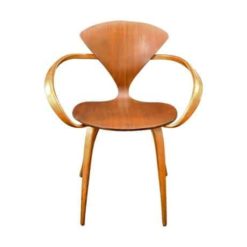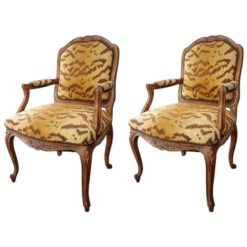Best Sellers
Styylish History
Art Nouveau in Vienna: History & Characteristics
Art Nouveau in Vienna
Art Nouveau in Vienna, Austria, emerged right as this style took shape in Paris (around 1890-1905). These cities established this style’s influence across Europe, laying the foundation for modern art.
The city is famous for its exemplary Art Nouveau architecture, which flourished under architects Otto Wagner, Gustav Klimt, and many others.
Their contributions gained international recognition as well as helping create the city’s modern skyline.
The Vienna Secession
Wiener Sezession, or the Vienna Secession, was a series of actions taken out by a group of progressive modern artists in 1897.
Students protested conservative art schools and the Viennese Artists’ Association and wished for progressive policies on exhibitions and the arts.
The first Secessionist group appeared in 1892 in Munich, led under Franze von Stuck. Gustav Klimt formed the Viennese Secession in 1897 and soon became a powerful breakaway in the arts.
As in France, members wanted to broaden the definition of art. This new definition would incorporate decorative art and several crafts while insisting on art’s role in social advancement.
The group’s ideals quickly spread with great success, thanks in part to its publication of Ver Sacrum (Sacred Spring) and the construction of an established headquarters.
After a successful first exhibition featuring original works by Auguste Rodin, Fernand Knopff, Henry Van de Velde, and others, the organization enlisted architect Joseph Maria Olbrich to design the Haus der Winer Sezession (1897-98).
This building became a fixed exhibition space that conveyed the Secessionists’ ideas for Art Nouveau. From 1898 to 1905, 23 exhibits took place at the Secession Building.
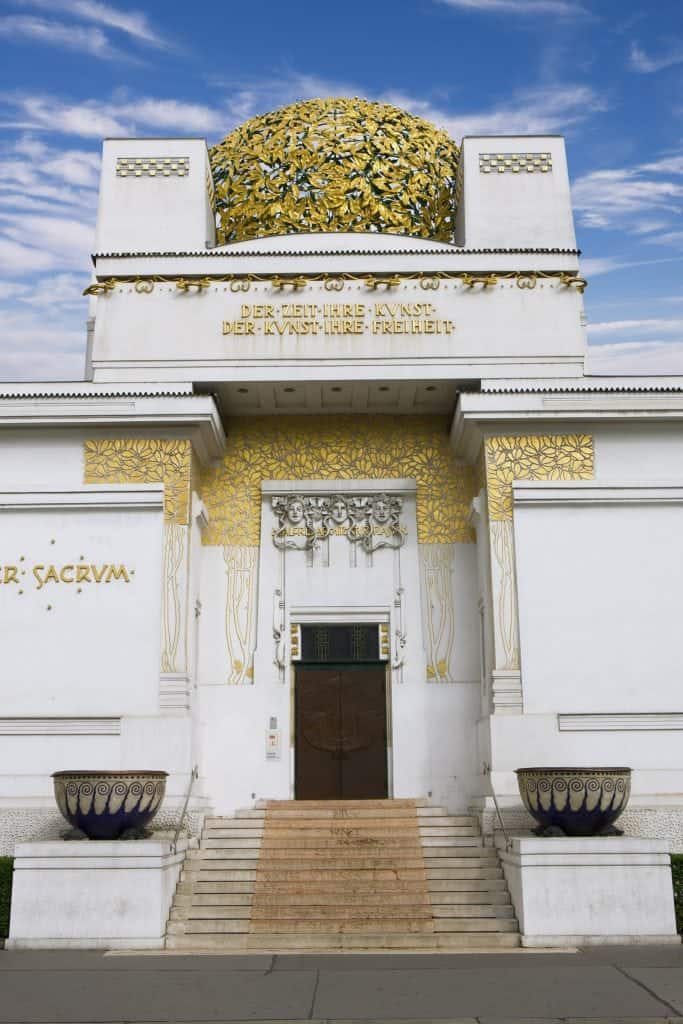
The Vienna Secession stands as a profoundly important part of the city’s cultural and artistic history. It introduced the city to styles like Impressionism, Symbolism, Arts and Crafts, Japanese art, and global traces of Art Nouveau.
Characteristics of Art Nouveau
Since members dedicated themselves to modernizing Austrian art, Viennese Secessionist painting, sculpture, and architecture typically lack unifying features.
By introducing the old-fashioned aspects of art with contemporary movements like Post-Impressionism and Expressionism, Art Nouveau in Vienna adopted a unique appearance.
This style developed unique characteristics across countries and continents. Some countries adopted similar features while rejecting others.
For example, French Art Nouveau embodies curving lines and opulent decor. On the other hand, strict, geometric lines with minimal surface embellishment define Viennese and German styles.
The simplicity exemplified by Adolf Loos, an architect who used high-quality materials rather than elaborate ornamentation to decorate the interior and exterior of the Loos House.
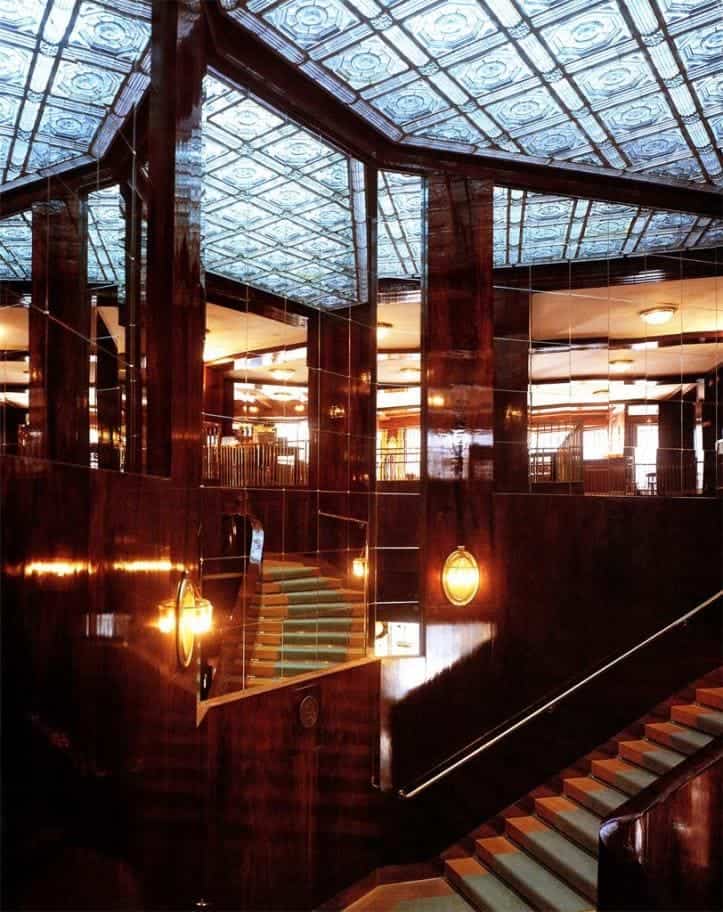
But that doesn’t mean Art Nouveau in Vienna completely lacked its iconic nature-inspired motifs.
Many works still implemented organic forms, particularly flora and vegetation. Designers also often included flowing, stylized, curvilinear forms.
The practice of putting high-quality materials over decoration continued in many Viennese furniture designs as well.
In France, furniture was often made from less expensive materials, which made it better suited for mass production.
Art Nouveau in Vienna frequently followed historical Austrian design patterns, especially the Biedermeier style.
Materials
The materials used by Viennese designers for Art Nouveau style furniture were often the same used by other artisans around the world.
Since many architects also created pieces to furnish completed projects, furniture was often made with or featured materials used in construction, like marble, metal, colorful arrangements, and gilding.
Chairs designed by Otto Wagner were made from aluminum and wood, matching the Austrian Postal Savings Bank.
Glass, especially stained glass, was trendy in Secessionist architecture. Ceramic tiles also became principal elements in this period as well.
Tile fulfilled a twofold purpose: It was decorative but also practical as it is easy to clean. Artists created beautiful mosaics for interiors and exteriors.
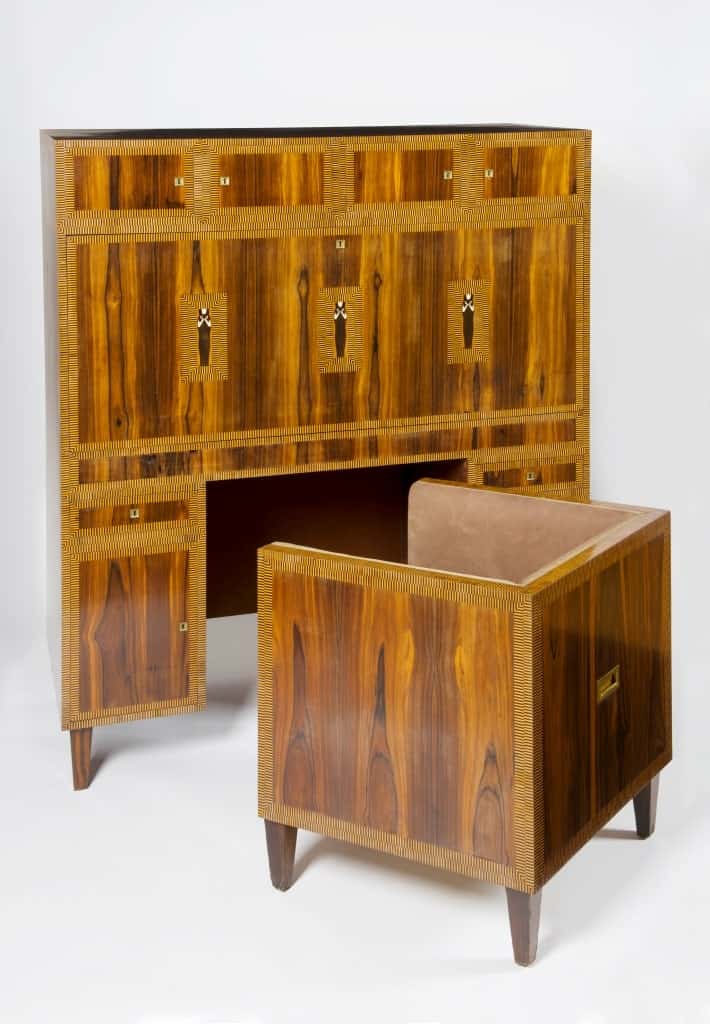
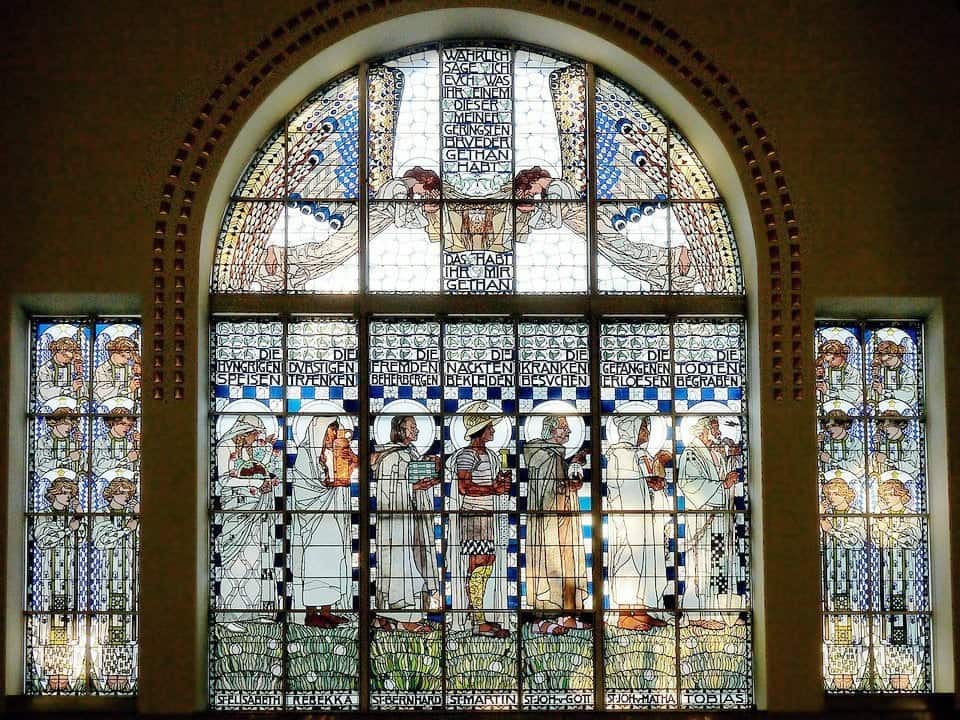
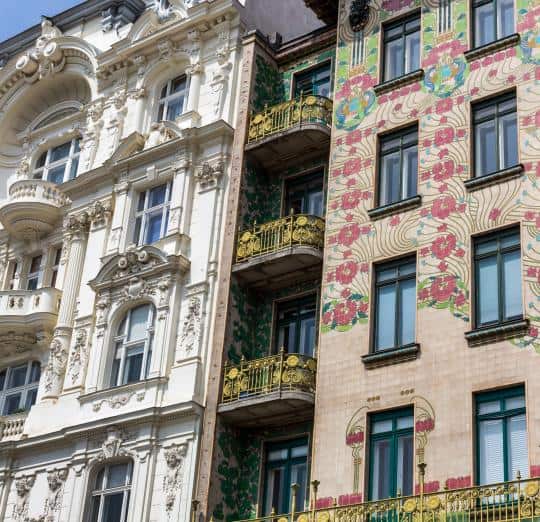
Art Nouveau Furniture
It was not uncommon for architecture and decorative arts to tangle during the design process. A common trend for architects during the time was designing furniture for their completed projects, including carpets, lighting, wallpaper, fixtures, hardware, and more.
This process, known as Gesamtkunstwerk, or “total work of art,” became a hallmark of Art Nouveau in Vienna and elsewhere.
At the 1900 Paris Universal Exposition, furniture saw significant praise, giving many designers worldwide acclaim.
Famous Designers
The work of numerous architects, decorative artists, and others established Vienna as a birthplace for Art Nouveau.
In this style, artists frequently produced cross-disciplinary works. That is why architects or painters commonly designed Art Nouveau furniture.
Gustav Klimt (1862-1918)
Gustav Klimt stands as one of the 20th century’s most distinguished decorative painters and earning success as an architect.
As his career progressed, influenced by modern artistic trends, Klimt turned from academic methodologies to a more eclectic, whimsical style.
Klimt helped establish the Vienna Secession and became its first president. During this time, he aimed to improve the Secessionist movement’s influence around Europe.
Klimt capitalized on the concept of the Gesamtkunstwerk, especially in his early architectural designs.
The Auditorium of the Old Burgtheater (1888-89) and the ceiling of the University of Vienna (1900-1901), which many criticized for its eroticism, are just two of his many famous works.
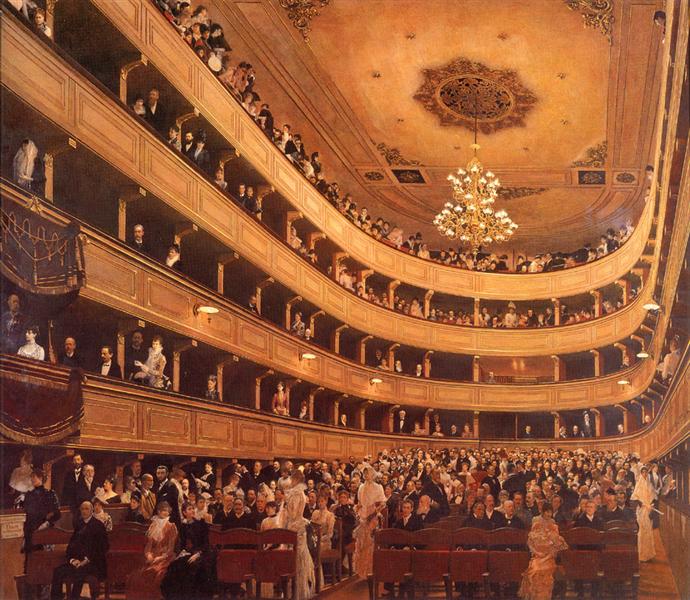
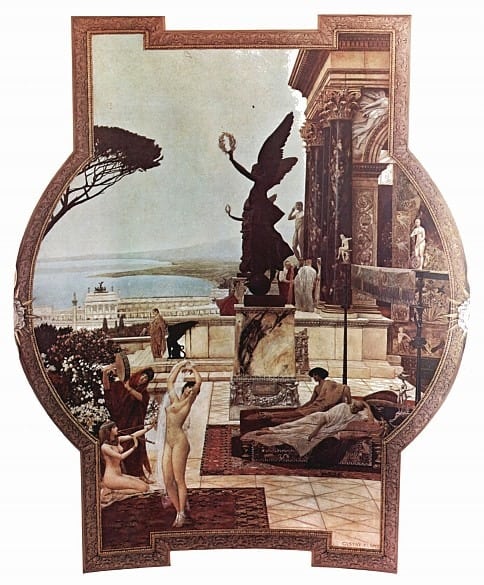
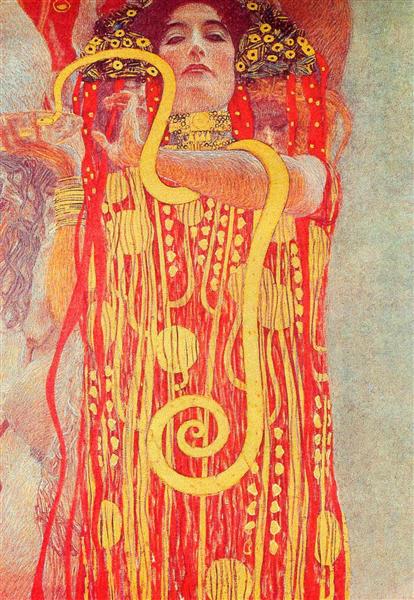
Otto Wagner (1841-1918)
Otto Wagner was one of the founders and leaders of Art Nouveau in Vienna as well as an architect and professor.
As a teacher, Wagner emphasized the importance of function, form, and structure as the foundation for architectural design.
Wagner’s early work drew inspiration from classical architecture and featured typical stylistic floral themes.
Later, his designs followed geometric forms with a strong emphasis on functionality. Wagner’s later works eventually became the basis for modern architecture.
Wagner’s best examples of the Art Nouveau style include several stations for the City Railway of Vienna (1894-97) and the Postal Savings Bank (1904-06). The bank is well-known for its minimal decoration and curving glass roof covering the building’s central hall.
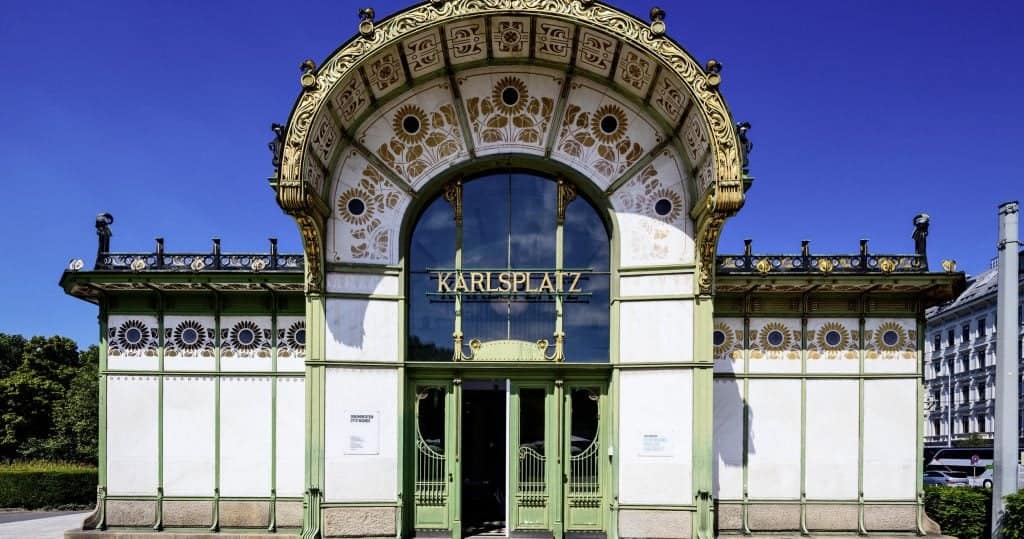
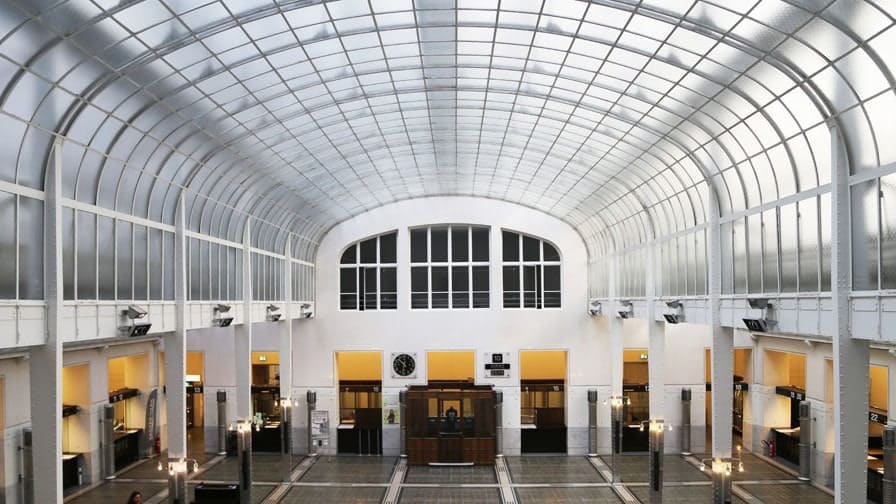
Josef Hoffmann (1870-1956)
Josef Hoffman was another founder of the Vienna Secession and the chief designer behind the Wiener Werkstätte. He designed many buildings, which stand as some of the best examples of early 19th century architecture.
However, the Palais Stoclet in Brussels (1905-1911) is his most famous work. It marks the transition between Art Nouveau and contemporary architecture.
Hoffman embodied the Gesamtkunstwerk in many designs. For the Wiener Werkstätte, he created the Sitzmaschine Chair, a lamp, and a set of drinking glasses.
Like many other designers, Hoffman adopted less flowing decorative embellishments in favor of geometric ones later in his career.
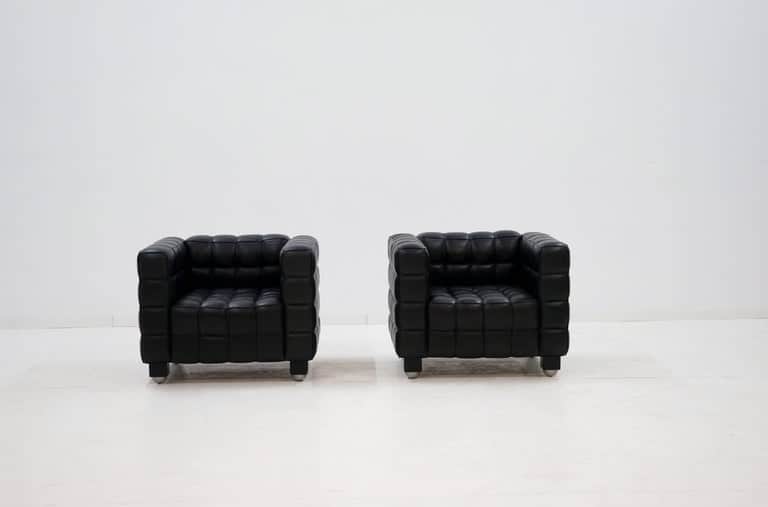
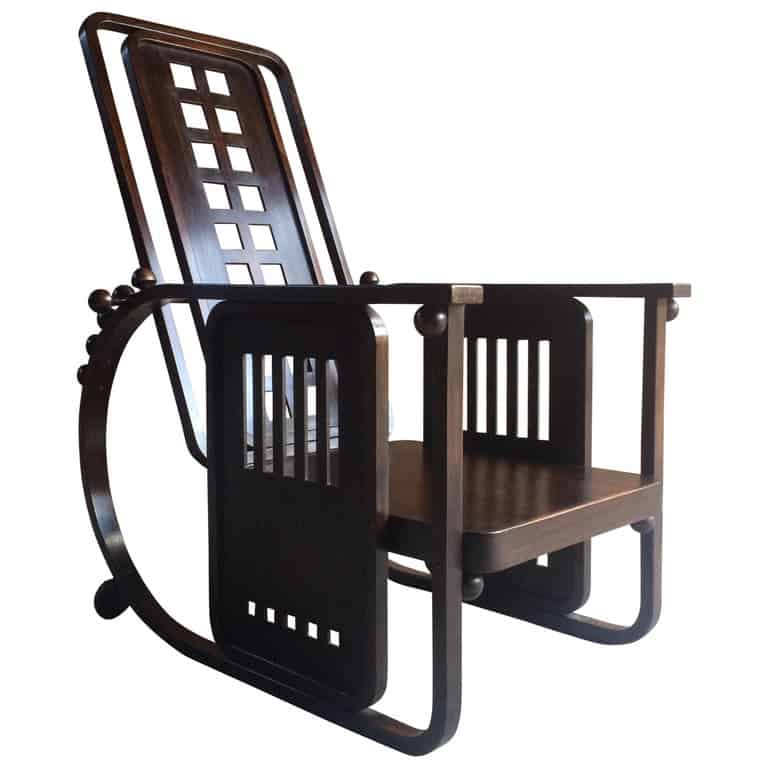
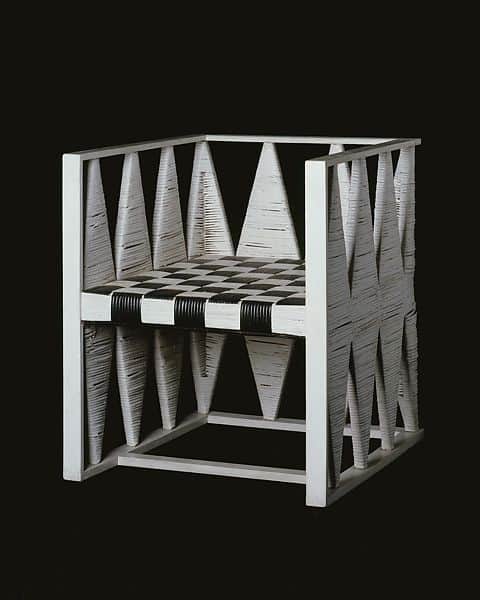
Art Nouveau in the 21st Century
As Art Nouveau in Vienna, Paris, and elsewhere developed, the emerging style became a distinguished predecessor (and influence) for modern design, including Art Deco, Arts and Crafts, Modernism, and many others.
Contemporary architecture and design for everyday objects still retain many characteristics of the Art Nouveau movement.
Although the furniture produced during this time was relatively expensive, it holds longevity that even modern furniture can’t match.
Art Nouveau’s popularity has fluctuated over the years, but there is no denying its influence over modern-day design.
Styylish
The Shop is your place for one-of-a-kind antique furniture from around the world. Own a piece of history while creating a more comfortable, beautiful home!
Visit the Blog for more antique history, stylish tips, and more!

